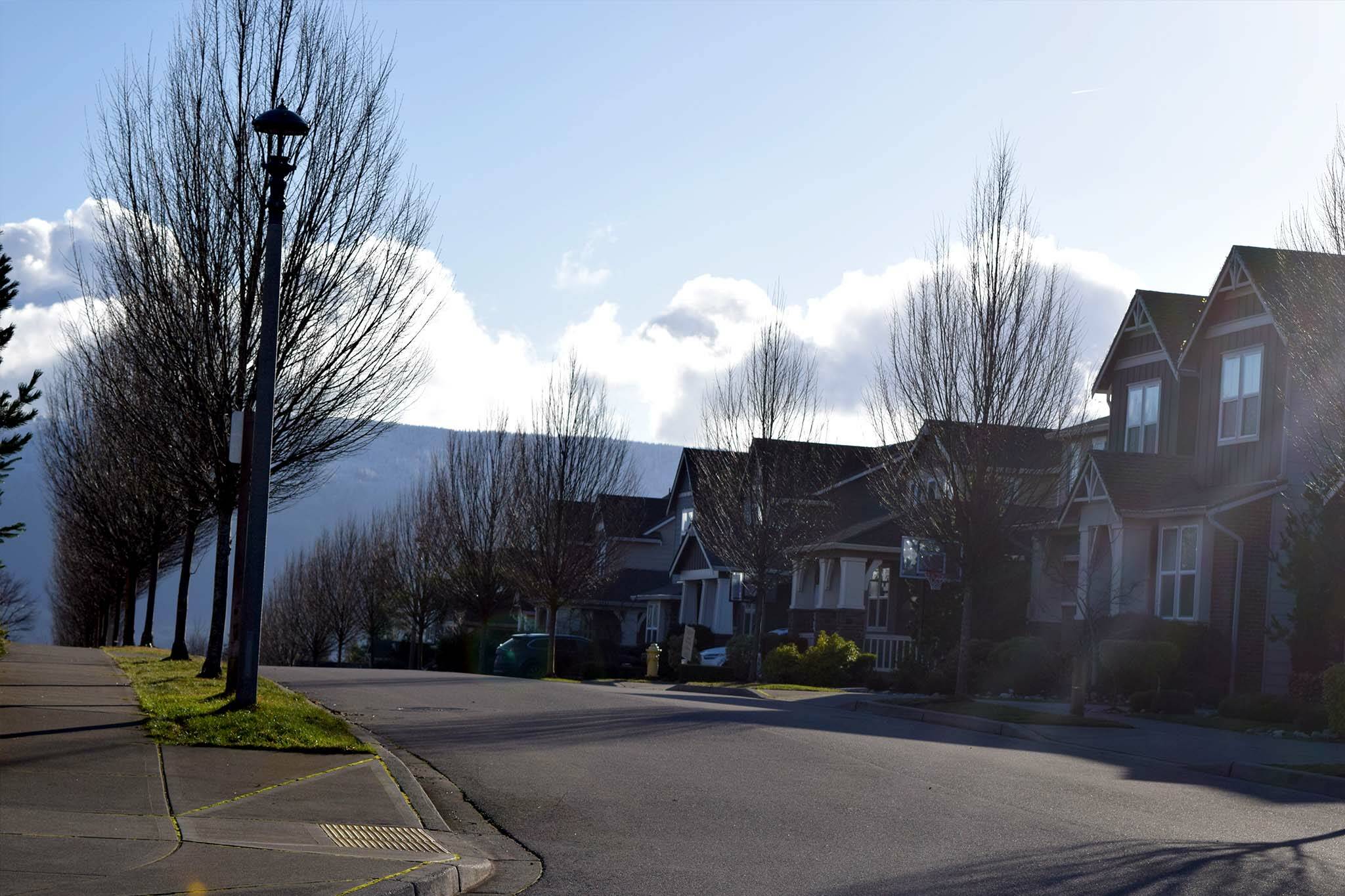City leaders in Snoqualmie have made it abundantly clear they believe the number of housing and affordable housing units the state is asking them to build over the next two decades is an unrealistic target.
To combat this, Community Development Director Emily Arteche is proposing the city consider a “reconciliation process” that would ask the county to reexamine the city’s housing target and whether it should be reduced.
At the moment, the state is expecting Snoqualmie to plan for 1,500 new housing units by 2044, including a large swath of units affordable to people making below the area median income.
City officials say the “affordability requirement” would require significant outside financial investment. There are also several logistical hurdles to accommodating those units, including availability of water, emergency services, public transportation and social service providers.
But by far the biggest challenge is land capacity within city limits. According to the city, there is only enough capacity for roughly 1,000 new units, two-thirds of what is being asked for.
“Snoqualmie is in a unique position right now,” Arteche told the city council. “There are no other cities I’m aware of that have this unique circumstance with excess growth that doesn’t fit nicely into the corporate city limits.”
An annexation of land beyond city limits was being considered as part of the city’s solution. Last month, Matt Covert, a consultant who developed the city’s housing strategy plan, told the council they had few options outside of annexation to meet their targets.
There are options for city expansion, including southwest Snoqualmie, around the Snoqualmie Tribe’s reservation, or near the I-90/State Route 18 interchange once construction of the diverging-diamond interchange is complete.
But planning for growth targets outside the city limits is difficult, with annexation being a long, bureaucratic process, councilmembers said.
Some councilmembers also pushed back against housing near the highway, arguing that putting housing there, particularly low-income housing, would be segregating.
“If we do something along those lines, we create a bifurcated Snoqualmie,” Councilmember Ethan Benson said. “That will never be the kind of Snoqualmie that we want.”
While some councilmembers suggested not wasting time on unrealistic targets, Arteche noted the county officials are still asking them to come forward with a possible remedy, as required by law, before they submit a request for reduction.
Growth Management Act
Housing targets are a requirement under the Growth Management Act, a series of laws first introduced in the 1990s requiring certain parts of the state to periodically plan for growth. The state Department of Commerce assigns King County its overall housing targets. Then county and city leaders negotiate over how best to spread that growth over the entire county.
Once cities receive targets, they must demonstrate in their comprehensive plans how they will accommodate that growth over a 20-year planning period.
In theory, Arteche said, the city would submit a housing plan next year as part of its 2024 comprehensive plan update, and simultaneously submit a request through the county to reconcile its housing target. The county “is fully expecting” them to submit a reconciliation request, she said.
By 2025, King County’s Growth Management Planning Council would begin directing county policy makers to look at Snoqualmie’s numbers and consider a potential reduction, Arteche said.
Councilmember James Mayhew said the situation the city finds itself in is ironic, given how much housing has been added over the past few decades.
As the Snoqualmie Ridge was being built in the 2000s, the city saw its population jump by nearly 400% in a decade, going from a city of 2,200 to 10,600 residents, according to census data.
“We were heavily criticized for growing too fast,” he said. “It was being discussed everywhere.”
While growth slowed significantly over the 2010s, the city’s population still rose by another 32%, according to the most recent Census.
Arteche said the city’s growth over the past 20 years is evidence that the city’s request to lower its housing targets is not driven by a desire to halt housing growth.
“We’re not just talking about the fact that we don’t want growth,” she said. “We did it for 20-plus years going gangbusters on taking on more growth than any other jurisdiction out there our size.”


